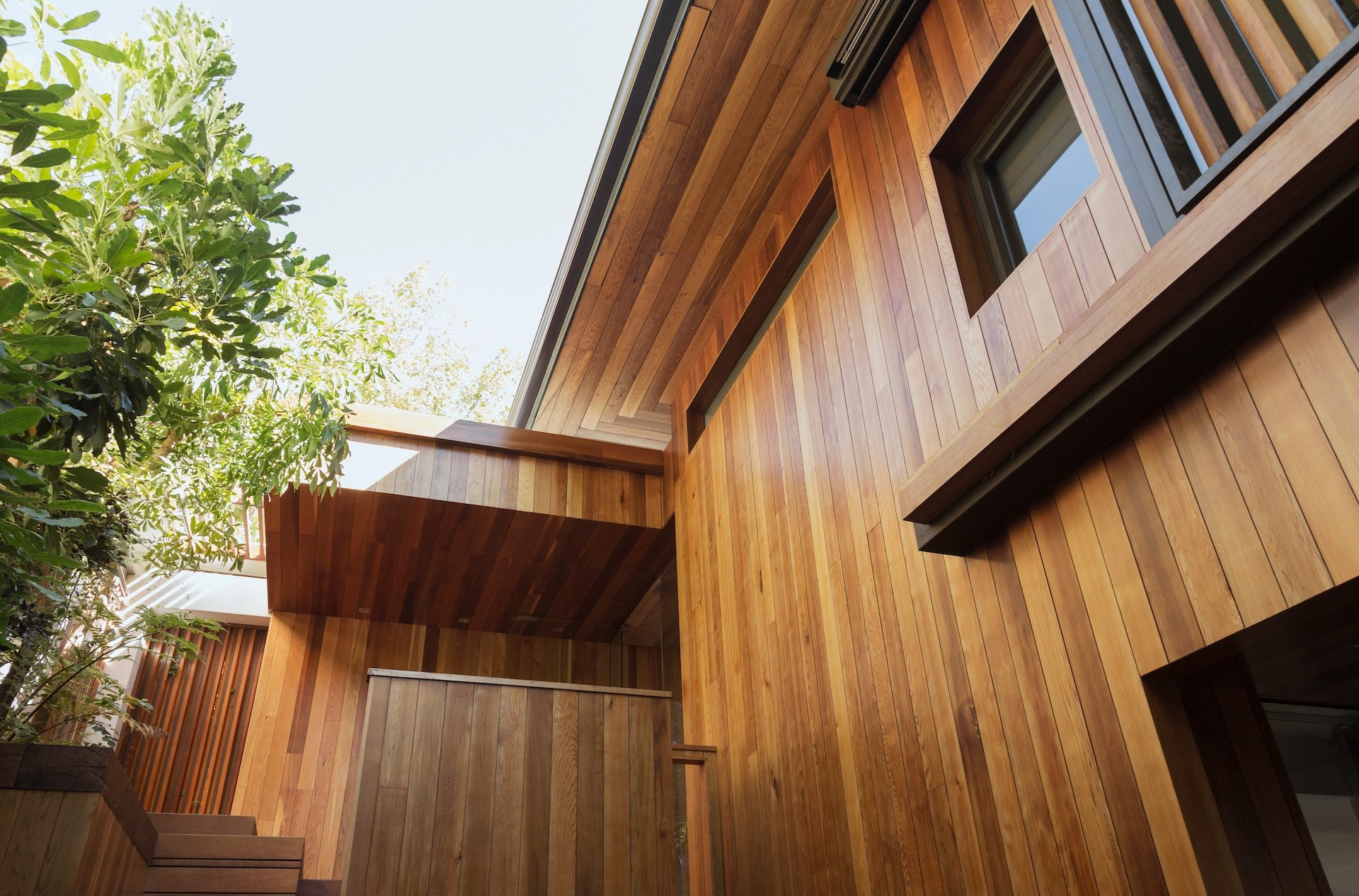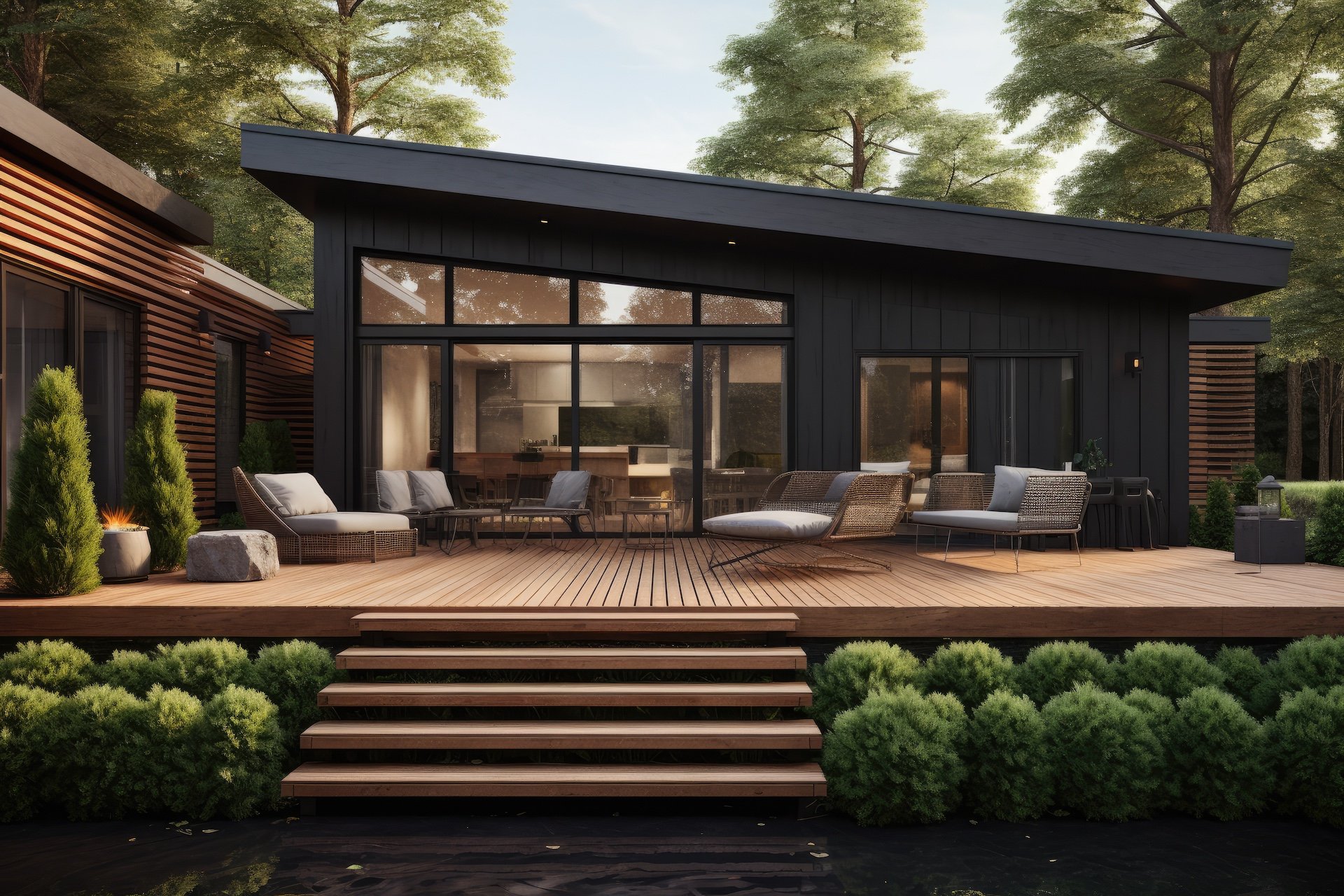
Leading Siding Supplier in Denver
Our expansive siding collection will make your home look like the ones on TV (and the secret to paying less than they did)
UPGRADE YOUR HOME WITH NEW SIDING
Do you hate wasting time going from one big box store to the next just to find everything you need? Do you hate when all the good quality siding has been picked over? Do you wish you had a local siding expert who could help you settle on the right product and recommend a great contractor? We understand, and we’re here to help!
-
Unmatched selection and wholesale prices for homeowners and contractors. Never overpay for inferior fencing again.
-
We work with siding products day in and day out. Our experts are ready to guide you through your options to make sure you get exactly what you want.
-
We have been serving contractors for 50 years. We want to share our network of the top Denver fence contractors with you.
STUNNING SIDING IN 3 EASY STEPS
Building your dream home or adding character to your existing home with new siding? Buying the materials you need has never been easier. RMFP offers the best Colorado siding supply at the best price, and our knowledgeable representatives can help you find exactly what you’re looking for to enhance your home.
-
01. Call Us
Tell us about your project and get all your questions answered by one of our fence experts. Homeowners also get access to our extensive contractor network.
-
02. Get a Quote
After your call, we will get you a full material quote for your project. Our fence experts work with you to find the best option for your unique project and budget.
-
03. Get Your siding
Select pick-up or delivery! Get your materials delivered or choose to pick them up from one of our two locations; Denver Metro or Colorado Springs.
-

Channel Siding
When you want rugged wood siding that can withstand harsh weather, channel siding gives your house the style and protection it needs.
-

Bevel Siding
Bevel siding, also known as clapboard, is a highly sought-after siding option because of its beauty, versatility, and ability to protect your home.
-

Shiplap Siding
Whether you’re building a new shed or updating the look of your home, shiplap siding can protect your structure against the elements.
-

Tongue + Groove Siding
Tongue and Groove Siding does more than protect your home, it creates a clean design that gives your home a down-to-earth aesthetic.
-

Log Siding
Log Siding gives your home a simple, nostalgic, outdoor feel with the comfort and convenience of a modern home.
-

Cedar Shake Siding
Cedar Shake Siding is made from shakes, pieces of wood split from cedar logs, adding texture to your home and creating a rustic, vintage vibe.
Blue Stain
Beetle Kill Pine is the result of blue stain fungus that spreads from bark beetles to Lodgepole Pine, Douglas Fir, and Whitebark Pine trees. The blue stain pine fungus works symbiotically with the beetles by turning the tree wood into nutrients. Healthy trees would usually expel the beetles by producing resin, but cycles of warm weather have weakened many trees and prevented them from producing enough of their defensive resin. A byproduct of the damage done by this hungry duo is a strong and beautiful piece of blue pine lumber that is streaked with a natural blue-grey stain. The beetles do not weaken or contaminate the wood, and the fungi are burnt away during the kiln drying process. Affordable, eco-friendly blue stain pine is all that is left behind.
The good news is that by using beetle kill pine for any wood project or construction, consumers can help reverse some of these environmental effects. When the beetle kill pine is harvested for manufacturing it prevents the carbon dioxide from being released and clears the forests for re-growth. Therefore, not only will homeowners enjoy the beauty of this unique organic product, but they are also helping to keep the environment clean. If you are looking to use Beetle Kill Pine or Blue Stain Pine on your next project, reach out to us here at Rocky Mountain Forest Products! We proudly offer mill direct pricing on all our Beetle Kill and Blue Stain Pine products. Get in touch today to take advantage of these great prices!
│
275,000+
ORDERS IN THE LAST 10 YEARS
50
YEARS IN BUSINESS
257,800+
CUSTOMERS IN THE LAST 12 YEARS
│
siding FAQs
-
Both Cedar and Redwood have natural oils and resins to resist rot, decay, and insect infestation. Both are low maintenance, and you can allow them to weather and develop their unique character.
Our kiln-dried cedar siding resists splitting, cupping, and swelling, and provides a sound product. Cedar accepts stains very well and is widely used for its beautiful grain, which can be weathered into a natural grain color.
Redwood will guarantee the same resistance to shrinking, warping, and cupping as cedar, but will cost more because the availability of Redwood is limited. But the draw to it is due to its rich texture and tones.
Both types can last up to 75 years or more depending on the homeowner’s ability to properly maintain their siding.
Other options that have grown in popularity are highly cost-effective species such as Spruce, Pine, and Fir. Although these species do not have the same natural oils and resins to resist rot, with the advent of inexpensive and high-quality oil-based stains, it is now possible to use these beautiful woods and ensure that they will last for decades to come.
-
Step 1 – Preparing the Surface
Wood siding is usually fastened to a layer of plywood sheathing covered with a moisture barrier frequently referred to as house wrap. Installed onto the exterior surface of a wood frame house, the house wrap acts as a water and air barrier but allows water vapor to exit so as not to accumulate inside the wall.Step 2 – Cutting Wood Siding
Use a standard circular saw to cut the siding to the appropriate length, ensuring that the joints line up on a stud. The use of a measuring square is recommended so that each board is cut accurately. Otherwise, uneven gaps will appear at the joints on the finished wall. Be sure to make each cut slowly to prevent rough edges and splintering.Step 3 – Installing Wood Siding
Siding is usually installed from the bottom up and may require scaffolding to complete even a single-story structure. The lowest siding board is installed onto the bottom of the plywood sheathing so that it projects about an inch below the top of the foundation wall. Siding is nailed into each wood stud. -
Each profile has its benefits, but the overall judgment of the design is determined by the homeowner. Whether the homeowner is looking for a clean design (i.e. Tongue and Groove) or looking for something a little more traditional (i.e. Bevel) it is a matter of preference. Our showrooms have numerous different styles, dimensions, species, and grades of siding on display to assist you.

 CALL FOR A QUOTE
CALL FOR A QUOTE



